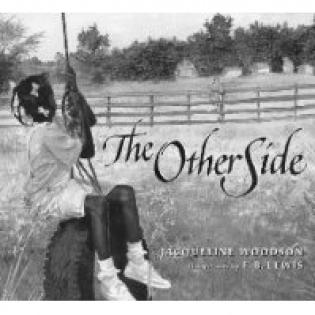Jacqueline Woodson has created a beautiful story about the confusion of children over racial tension. One of the most touching things about this book is that it is the children who give us hope for the future.
Filter by subjects:
Filter by grades:
Filter by audience:
Filter by issue area:
Filter by content type:
Filter by resource type:
resource search
Carole Lindstrom’s book “We are Water Protectors” conveys a powerful message about the interconnectedness of all living things.
This is a story that takes place in one day from ten different perspectives. In the ten blocks around the school as it lets out one day, we meet kids and learn who are they when there are no adults listening in.
Indian Tale: A parrot remains loyal to the fig tree where he makes his home, although he is being tested. The god Shaka has withered the tree to test the parrot's fidelity. How does friendship endure the tests of time?
This book by poet and activist Amanda Gorman sings with optimism for our personal power to make a difference for a better world. It is a celebration of change through grace and vision. In this "children's anthem," Gorman inspires us to act with our personal gifts while collectively being the best we can be. With images of famous people and musical instruments, the artist illustrates the beauty of individuals of diverse backgrounds coming together as one in community. Amanda Gorman is an African American youth poet laureate, born with a speech impediment and sensitivity to sound, who is now speaking eloquently with hope that we can all take action for a better world.
Annabelle brings color to her bleak community even through many obstacles. Choose from activities and discussion questions to enjoy this creative and inspiring book together while exploring the philanthropic themes of personal power to act and perseverance. What do you have the power to do?
This toolkit guides youth, educators, group leaders, families, and community groups as they investigate the issue of global issues and prepare to take action.
Contents:
Participants read about the philanthropic traditions of early African-American culture and place the values of giving in a hierarchy circle.
This lesson will teach the basic ideas of Shemittah and the practical reasons behind the commandment and the learners will understand the connection between respecting the Earth and respecting themselves.







